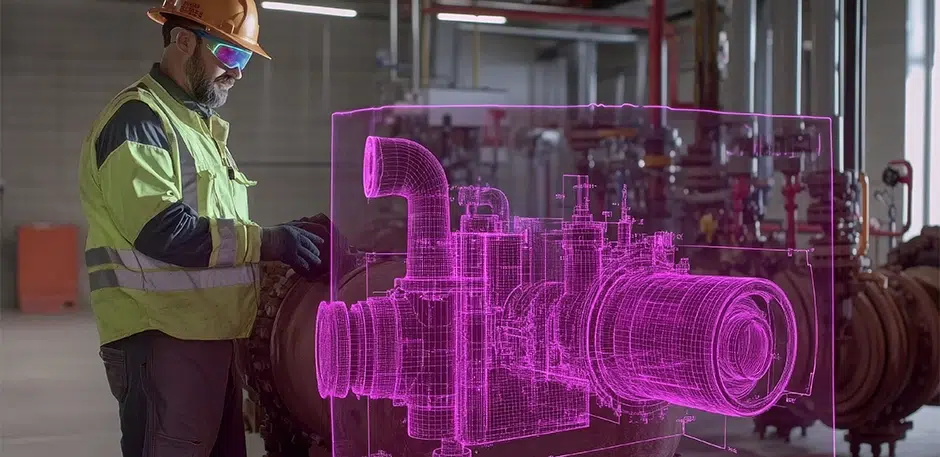
Compliance or Security? Why Cybersecurity Solutions Can’t Have One Without the Other
In boardrooms and audit corridors, compliance often masquerades as security. Many organizations treat compliance as a checklist—tick the boxes, pass the audit, breathe easy. But compliance is the baseline, not the finish line. As one analysis puts it: “Security is about protection and risk management. Compliance is about proof and standardization.” Compliance provides structure; security provides substance.
The Numbers Tell It All
These aren’t just abstract statistics; they underscore the harsh reality that one misstep in security or compliance can have staggering financial consequences. Adding to this, a 2025 survey revealed that 91% of cybersecurity professionals believe ultimate accountability for security rests with the board of directors—not just the CISO. This highlights an important shift: cybersecurity is no longer a technical afterthought but a matter of strategic governance, leadership accountability, and organizational resilience. Source (ITPro)
The Regulatory Maze: Turning Rules into Resilience
These laws demand much more than firewalls and intrusion detection systems. They insist on documentation, continuous monitoring, incident reporting, and board-level accountability. In effect, they force organizations to stop treating compliance as a checklist and start treating it as a living, breathing framework integrated into cybersecurity solutions.
For many industries, especially in energy and manufacturing, navigating this regulatory maze may seem daunting. But in reality, these frameworks are designed to future-proof organizations—to ensure that they not only survive audits but also withstand the real-world cyber threats looming on the horizon.
The True Cost of Missing the Mark
In high-risk sectors such as energy, healthcare, etc. a single lapse—even in an organization deemed “compliant”—can stall operations, trigger cascading disruptions, and inflict long-term brand erosion. Compliance without genuine protection is nothing more than a hollow shield, offering comfort on paper but leaving the enterprise exposed in practice.
Bridging the Divide: From Checklists to Cohesion
- Adopt frameworks that complement each other—for example, pairing ISO 27001 for information security management with ISO 27701 for privacy. Together, they create a unified framework that harmonizes data protection with compliance obligations.
- Embrace governance models that unify risk, regulatory change, and security under a single umbrella—turning silos into synergy and enabling organizations to respond holistically rather than react piecemeal.
- Automate with intelligence. Modern tools can continuously monitor, log, and report on both security breaches and compliance gaps, giving leadership real-time visibility into risk posture while reducing human error.
By bridging this divide, organizations can shift compliance from a static audit requirement into a dynamic, adaptive security strategy.
Secure-by-Design: The Future of Compliance and Security in Manufacturing
The risks of ignoring this shift are stark. The UK Public Accounts Committee recently warned that legacy systems, if not redesigned with modern threats in mind, leave critical infrastructure dangerously exposed. In manufacturing, where many plants still rely on decades-old OT systems, this warning is especially urgent. Attackers no longer need to target IT alone; an insecure industrial controller or outdated SCADA system can be the open door that shuts down entire production lines. Source (techradar)
What does Secure-by-Design look like in practice for manufacturers? It means:
- Continuous Monitoring: AI-driven anomaly detection across both IT and OT environments to flag irregular machine behavior or unauthorized access attempts before they escalate.
- Resilient Architecture: Network segmentation that isolates critical production assets, ensuring that a breach in one area doesn’t cascade into full factory shutdowns.
- Upskilled Staff: From plant operators to executives, every role requires cyber awareness. A single phishing email can be as damaging as a misconfigured firewall.
- Incident Transparency: No more sweeping breaches under the rug. Manufacturers must build cultures where incidents are reported, analyzed, and learned from—fostering resilience over secrecy.
But Secure-by-Design isn’t only about strengthening defenses. It is also about meeting and sustaining compliance requirements. Regulations like IEC 62443, ISO 27001/27701, and NIS2 are increasingly aligned with these principles, requiring manufacturers to demonstrate risk-based design, continuous monitoring, and board-level accountability. By embedding these controls into systems from the outset, manufacturers not only fend off attackers but also create continuous evidence trails for compliance, making audits smoother and more meaningful. In this way, Secure-by-Design becomes the bridge: it ensures that security is practical and robust, while compliance is living and demonstrable.
Utthunga: Cybersecurity Solutions Where Compliance Meets Security
In the manufacturing world, where the line between compliance and security is almost nonexistent, Utthunga’s cybersecurity solutions are designed to enable manufacturers survive and thrive in a connected, high-stakes ecosystem. With deep expertise in industrial protocols, OT/IT convergence, and regulatory frameworks like IEC 62443 and ISO 27001, Utthunga helps manufacturers embed Secure-by-Design principles into every layer of their operations.
From threat modeling and vulnerability assessment to governance frameworks, incident response, and continuous monitoring, Utthunga ensures that manufacturers don’t just stay compliant on paper but remain resilient in practice. The result? A future-ready factory where compliance is demonstrable, security is actionable, and trust is guaranteed across the value chain.
Talk to our experts to know more about our cybersecurity solutions.




